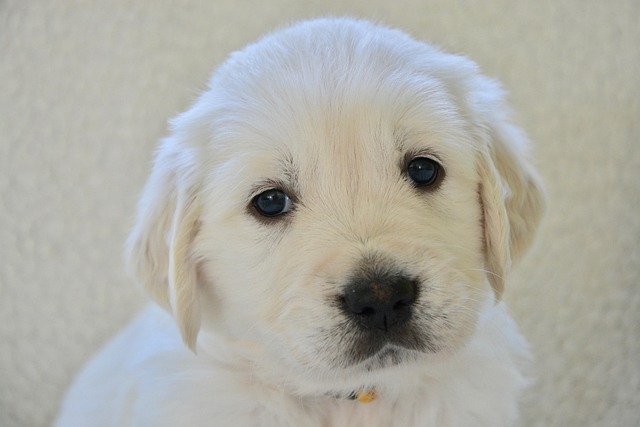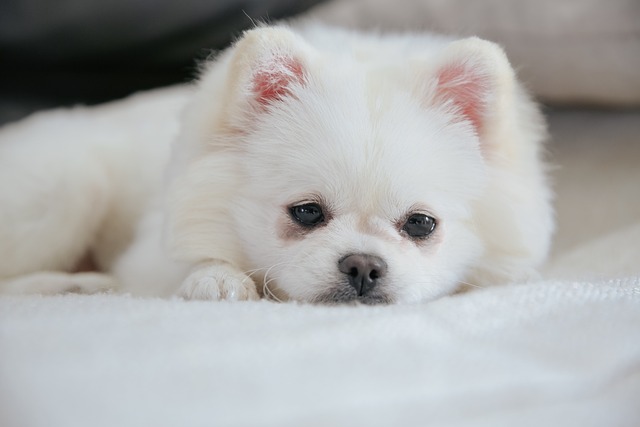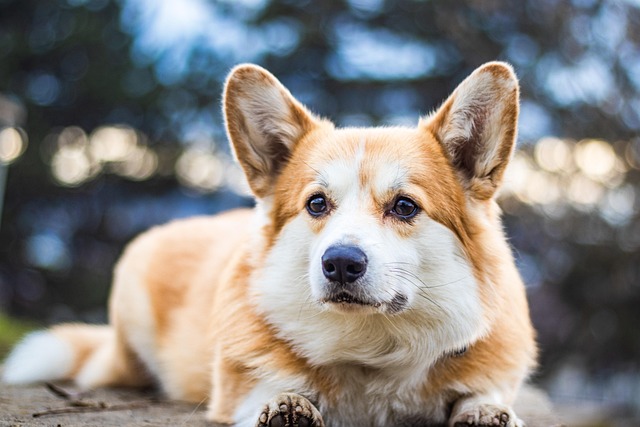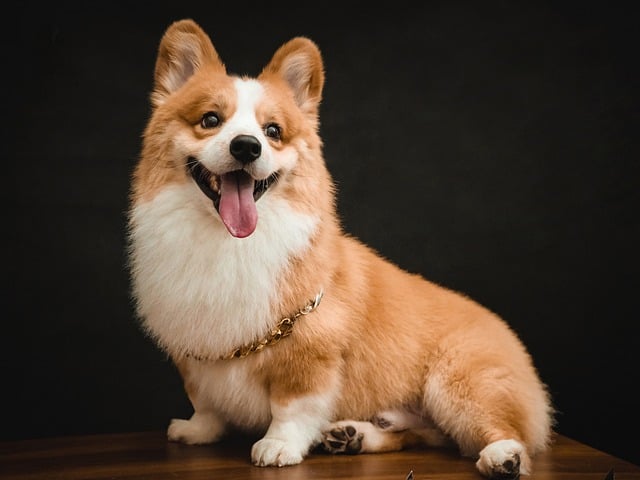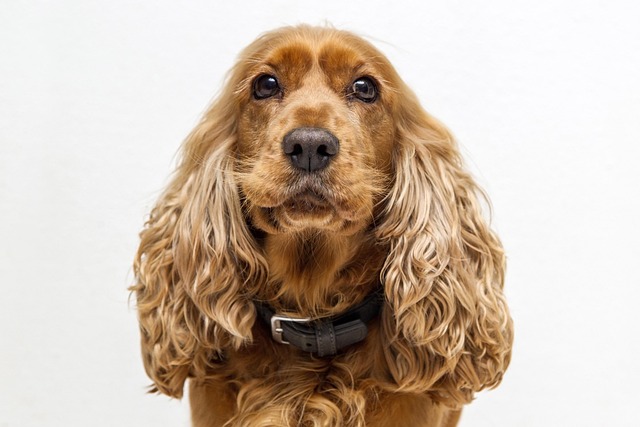Pugs are undeniably charming, but their stubborn streak and unique physical traits can make training a challenge. Unlike more eager-to-please breeds, pugs often respond to commands on their own terms, leaving owners frustrated when generic training advice fails. Their short attention spans, brachycephalic (flat-faced) structure, and food-motivated nature require a tailored approach—one that prioritizes patience, positive reinforcement, and an understanding of what truly makes these little clowns tick.
Traditional dog training methods often assume a level of athleticism and focus that pugs simply don’t possess. Expecting a pug to perform repetitive drills or respond to harsh corrections is a recipe for disengagement. Their compact bodies aren’t built for prolonged sitting postures, and their love of snacks means distractions win easily. Instead, successful pug-specific training techniques leverage their natural tendencies—short bursts of activity, high-value treats, and plenty of praise—to make learning feel like a game rather than a chore.
Teaching the sit command to pugs starts with setting realistic expectations. Break sessions into 5-minute increments to match their attention span, and always end on a positive note. Hold a small, irresistible treat near their nose, then slowly lift it upward and slightly back. Most pugs will naturally lower their hindquarters to follow the reward. The moment their bottom touches the ground, mark the behavior with a cheerful “Yes!” or a clicker, then immediately offer the treat. If they jump or back up instead, reset calmly and try again with slower hand movements.
Consistency is key, but so is adaptability. Some pugs respond better to luring with a favorite toy, while others need extra support—gently guiding their hips downward if they struggle with the motion. Avoid pushing their spine; their unique body structure makes forced positions uncomfortable. If your pug seems disinterested, reassess your rewards. Stinky, soft treats like cheese or hot dog bits often outperform dry kibble in holding their focus. Remember, effective pug obedience training isn’t about perfection—it’s about progress, even if it comes in small, wiggly increments.
Beyond obedience, these tailored sessions strengthen your bond. Pugs thrive on companionship, and training becomes a form of communication that deepens mutual trust. Celebrate small wins, and don’t underestimate the power of playfulness—incorporating silly voices or brief belly rubs as rewards can keep your pug engaged. Over time, the sit command becomes less about the action itself and more about the shared language between you and your dog, reinforcing their place as a cherished family member rather than just a pet following orders.
For pug owners hitting roadblocks, remember that setbacks are normal. If your dog seems stuck, revisit earlier steps or consult a trainer experienced with brachycephalic breeds. Pair this foundational skill with related lessons like “stay” or “leave it” to build a well-rounded routine. And always keep training aligned with their physical limits—pugs overheat easily, so avoid sessions in warm environments. With empathy and persistence, even the most stubborn pug can master the basics, proving that the right approach transforms challenges into opportunities for connection.
